- Submissions

Full Text
Novel Research in Sciences
Photocatalytic Decomposition of Viruses Bacteria, Fungi and Odors into Harmless Atoms and Molecules
Ing Pavel Osmera* and Pavol Magyar
Ing Pavel Osmera* and Pavol Magyar
*Corresponding author: Ing Pavel Osmera, Institute of Advanced Materials, Czech Republic
Submission: February 02, 2022;Published: March 15, 2022
.jpg)
Volume10 Issue4March, 2022
Abstract
The air purifier uses familiar principles but in an unconventional original way. The basic internal structure is the Archimedean screw (helix), which does not pump water. Its other feature is that Archimedes’ screw has a large surface area and little resistance to flowing air. Furthermore, the surface of the double helix has a TiO2 nanomaterial [1-5] on the surface, which is activated by UV light (with a wavelength of 365nm), on which the TiO2 nanomaterial has the maximum photocatalysis efficiency. The air flow is done by a fan that has an adjustable speed. The entire electronics can be controlled either manually using the buttons on the air purifier or remotely via a mobile phone. Photocatalysis breaks down viruses (including coronavirus and all its current and future mutations) into harmless atoms and molecules. The activated surface of titanium dioxide (TiO2) removes binding electrons from the structures using UV light, which breaks down the structure of the virus into harmless molecules and atoms. UV light with a wavelength of about 365nm (band A) is used to activate the photocatalytic surface, in contrast to hard radiation with a wavelength of about 200nm (band C). Hard radiation kills living structures but does not break down into simpler structures. The easiest way is to use UV sunlight and paint a photocatalytic substance, for example, on the walls of houses. We use UV light generated by UV LEDs or UV lamps. The advantage of UV LEDs is that a low and safe DC supply voltage of 12 or 24V can be used. UV lamps for higher outputs use an AC supply with a voltage of 230V. Fans are used to flow air around the photocatalytic layer. The best activated surface is a helix that has a large surface and low air resistance. I have filed a patent registration for the construction of air purifiers, which work on the principle described above. Testing of prototypes of various constructions has already been performed with very good results. We can only hope that this principle will help slow down or stop the spread of viral disease. Photocatalysis also decomposes harmful bacteria, fungi, unpleasant odors, cigarette smoke and chimney smoke, and harmful gases from cars and motorcycles.
Keywords: Air purifier; Photocatalysis; Double helix; Titanium dioxide; UV light
Introduction
Photocatalysis is a type of catalysis that results in the modification of the rate of a photoreaction a chemical reaction that involves the absorption of light by one or more reacting species by adding substances (catalysts) that participate in the chemical reaction without being consumed. Titanium dioxide coatings [2] (for example of FN®, FN®1 BIOMAX) are suitable for: a) long-term facade protection, b) repelling spiders, c) reducing the risk of indoor disease transmission, d) cleaning the air we breathe from allergens, pollens, bacteria, viruses, odors and molds, e) as an alternative to an air purifier, f) lasts at least 10 years on the facade and in the interior without the need for re-application One m2 of photocatalytic surface created with the help of coatings has the ability in urban and industrial agglomerations to clean the air in 60 years from 60% of harmful substances in a total volume of 3 million m3 (with an average daily exposure of 10 hours and an average wind speed of 0.2m/s)! Titanium dioxide coatings are the only sufficiently efficient and economically efficient means of significantly reducing concentrations of industrial and automotive exhaust emissions in urban and industrial agglomerations almost immediately. Titanium dioxide coatings is a highly effective nanotechnology for protection against the spread of Covid19 coronavirus infection and all other viral and bacterial infections. By painting the walls and ceiling of the room with functional coatings, you will create a highly effective protection on their surface against the deposition of pathogenic germs (viruses and bacteria), including the coronavirus Covid-19. Thanks to its microstructure, the created coating layer effectively captures viruses and airborne bacteria on its surface and subsequently eliminates them very effectively by means of photocatalysis. This also cleans the air in the room. In this way, the protection of people in the room against the transmission of viral and bacterial infections, including Covid-19, can be effectively and long-term increased. Two substances such as air and molecules of smoke or viruses and bacteria dispersed in it coexist without problems (e.g., in a smoky room). The moment the smoke particle touches an illuminated surface coated with a photocatalytic coating, it reacts with oxygen and oxidizes or burns (but the surface remains cold, it is a chemical reaction). Impurities in the air are then broken down into water and carbon dioxide molecules. Organic allergens, carcinogens, viruses, bacteria, spores, as well as decomposition of exhaust gases can be processed by photocalysis. Eventually, even the most complex organic molecules are converted into harmless simple inorganic compounds such as carbon dioxide, water and the corresponding mineral acids. Unlike various chemical preparations, the photocatalytic layer can handle microbes, because it decomposes all organic matter without distinction (Figure 1).
Equipment for photocatalytic air treatment (1)
Part of the text of the patent application: The device (1) for photocatalytic air treatment comprises a hollow body (2) provided with an air inlet (3) and an air outlet (4) and at least one photocatalytic element arranged in the hollow body (2) between the air inlet (3) and the air outlet (4). The invention consists in that the photocatalytic element is formed by at least one blade lamella (7) arranged transverse to the air flow direction, at least part of the blade lamella (7) being formed as a surface arranged helically obliquely upwards from the center of the hollow body (2) to its circumference. with respect to the air flow direction, and at least said part of the blade lamella (7) is provided with a photocatalytic layer on one side and/or on the other side, relative to the air flow direction. The vane lamella (7) may be formed by an integral helical body or several discrete vanes (5), the vane lamellae 7 forming an assembly for helical air flow.
Figure 1: Covid-19 virus trapped in the structure of the FN NANO® coating [2].
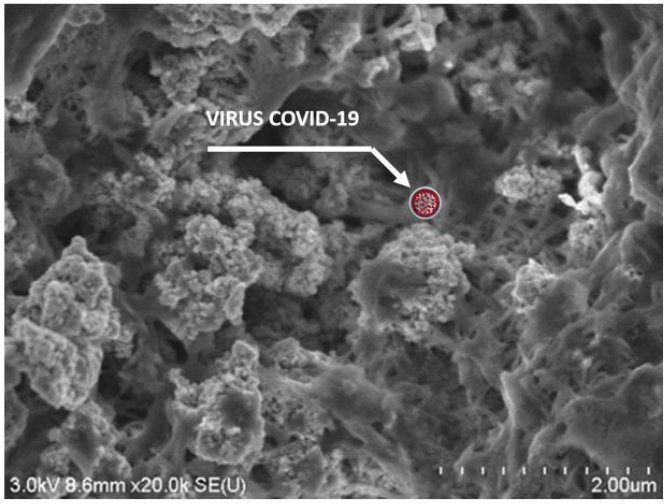
Figure21: Covid-19 virus trapped in the structure of the FN NANO® coating [2].
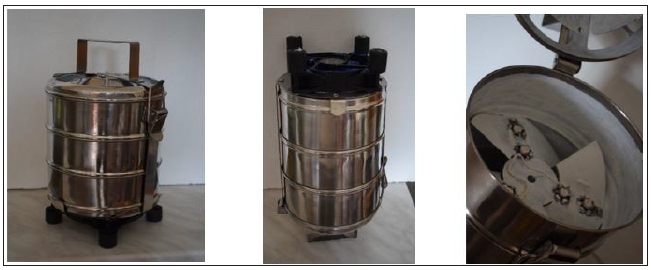
Figure 3: Covid-19 virus trapped in the structure of the FN NANO® coating [2].
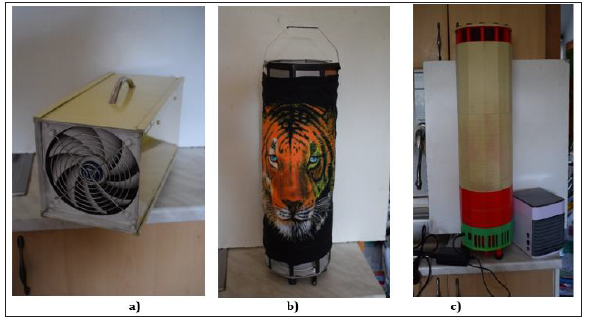
Figure 4: Covid-19 virus trapped in the structure of the FN NANO® coating [2].
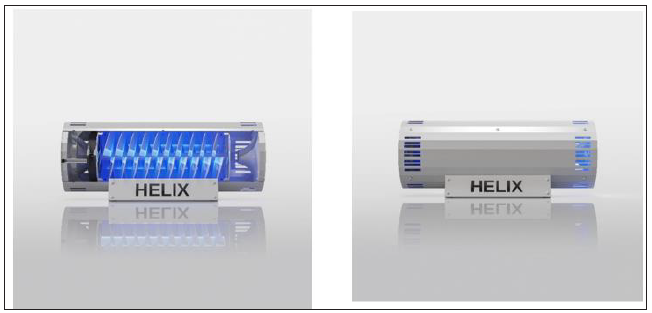
Figure 5: Covid-19 virus trapped in the structure of the FN NANO® coating [2].

Figure 6: Covid-19 virus trapped in the structure of the FN NANO® coating [2].

Figure 7: Covid-19 virus trapped in the structure of the FN NANO® coating [2].
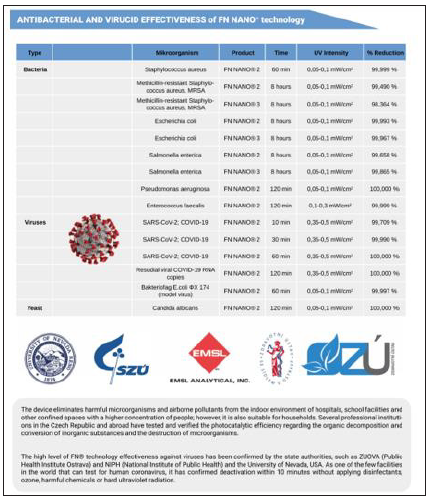
Conclusion
It is certainly less dangerous to break down viruses and bacteria into harmless molecules than to be vaccinated, for example, against coronavirus. It is not known what long-term negative consequences vaccination will have on some organs of the human body. Because the covid-19 virus is constantly mutating, there may be situations where previous vaccinations will have no protection and hospital staff may also be infected. Then there will be no one who can help seriously ill patients. There would be a collapse in health care. Another big problem is that some people don’t want to be vaccinated. For such people, effective prevention is best. Therefore, the use of photocatalytic decomposition of viruses in hospitals and households, etc. is very effective as prevention. The described principle of photocatalytic air purification finds application in air conditioning units of buildings. There is no need so a large number of separate air purifiers in each room. I would like to thank UVGS GENERAL SYSTEMS ltd. for material and support in completing prototypes.
References
- International patent registration PCT/CZ2021/050084 (2021) Equipment for photocatalytic treatment of air. New Czech Tech.
- https://www.nanospace.cz/funkcni-nater-fn-biomax/
- Osmera P (2010) Vortex-ring-fractal structure of atom and molecule, IAENG Transaction on Engineering Technologies, American Institute of Physics 4: 313-327
- http://www.helixaircleaner.eu/
- pavelosmera.cz
© 2022 Ing Pavel Osmera. This is an open access article distributed under the terms of the Creative Commons Attribution License , which permits unrestricted use, distribution, and build upon your work non-commercially.
 a Creative Commons Attribution 4.0 International License. Based on a work at www.crimsonpublishers.com.
Best viewed in
a Creative Commons Attribution 4.0 International License. Based on a work at www.crimsonpublishers.com.
Best viewed in 







.jpg)






























 Editorial Board Registrations
Editorial Board Registrations Submit your Article
Submit your Article Refer a Friend
Refer a Friend Advertise With Us
Advertise With Us
.jpg)






.jpg)














.bmp)
.jpg)
.png)
.jpg)










.jpg)






.png)

.png)



.png)






